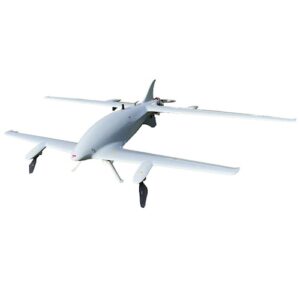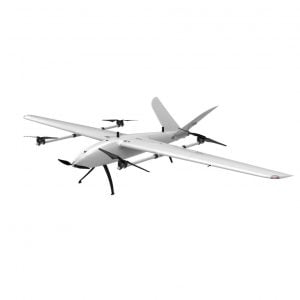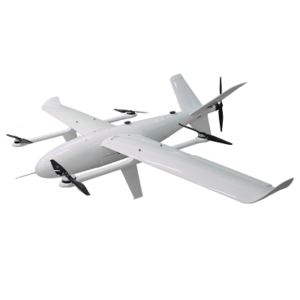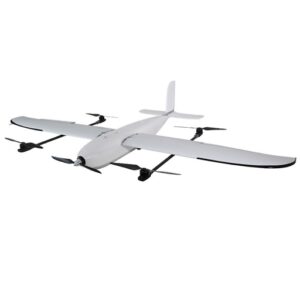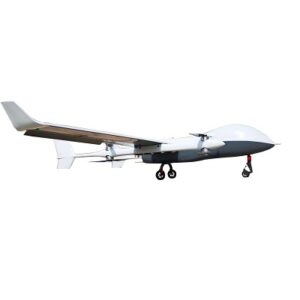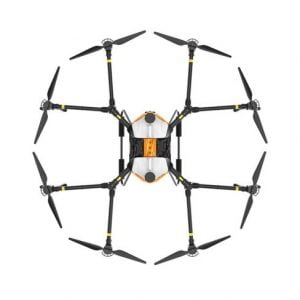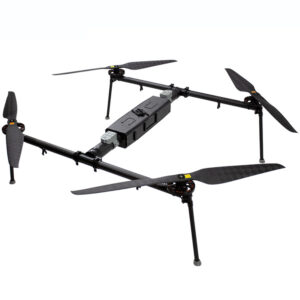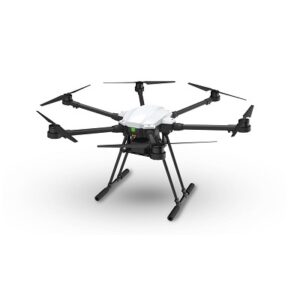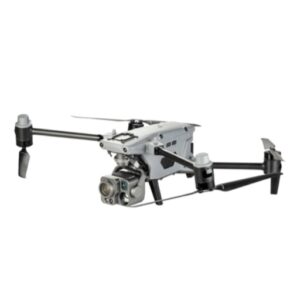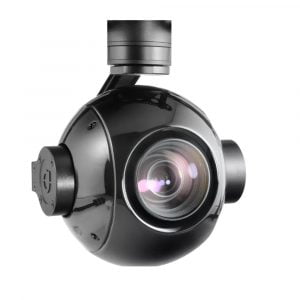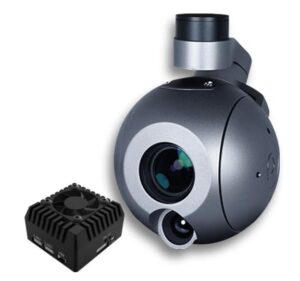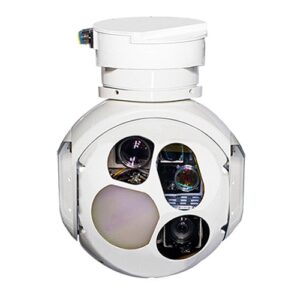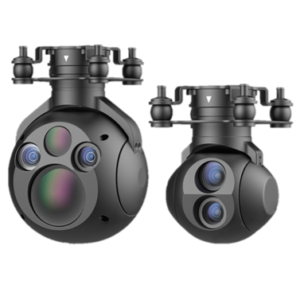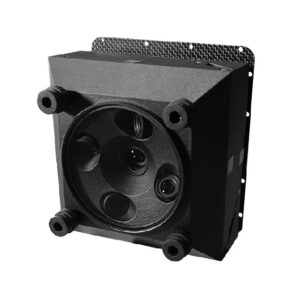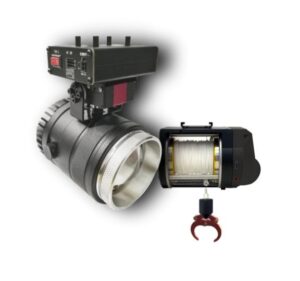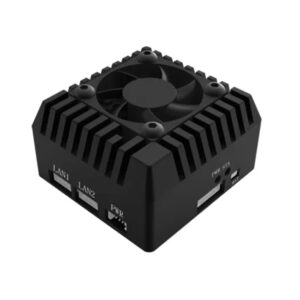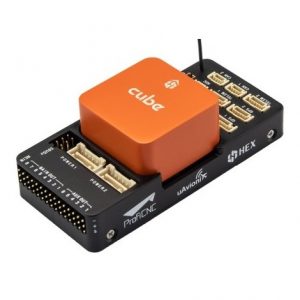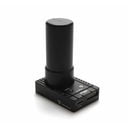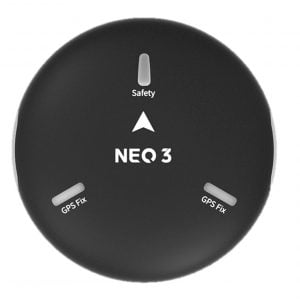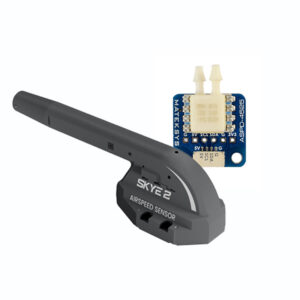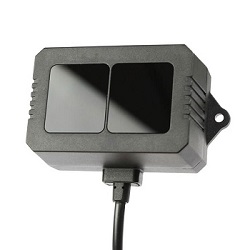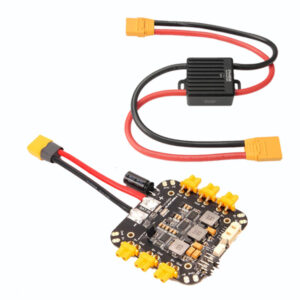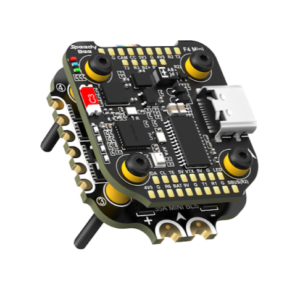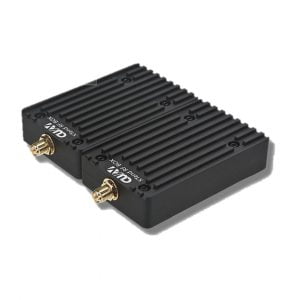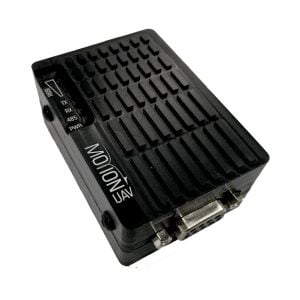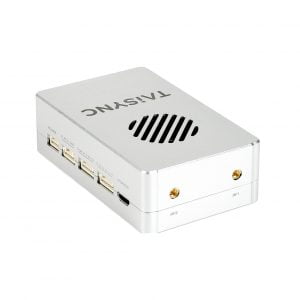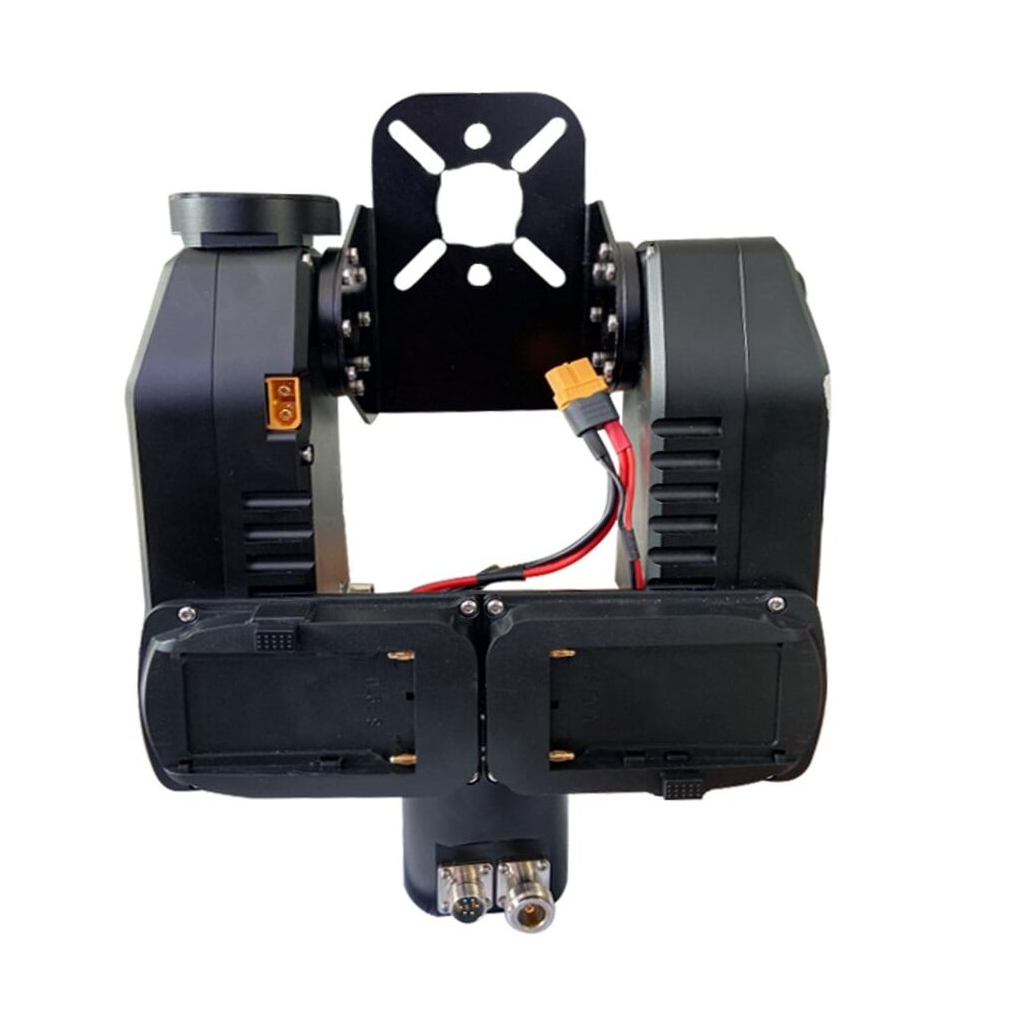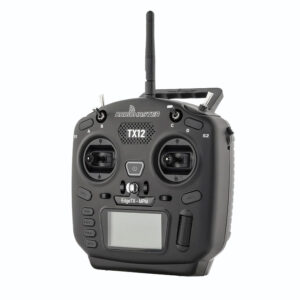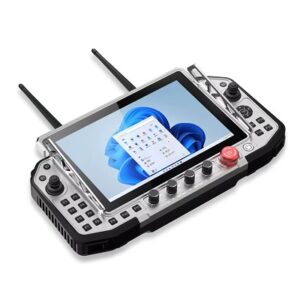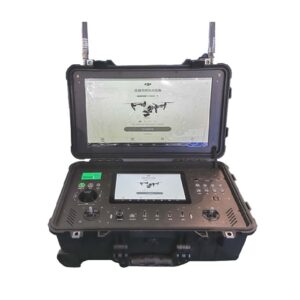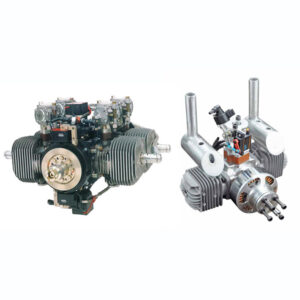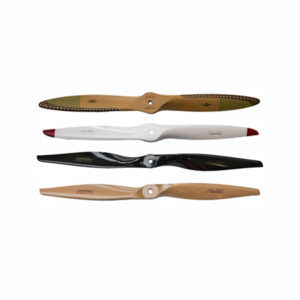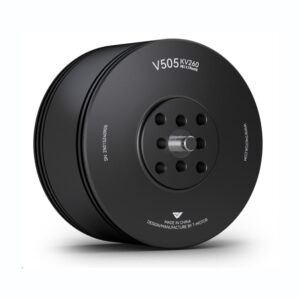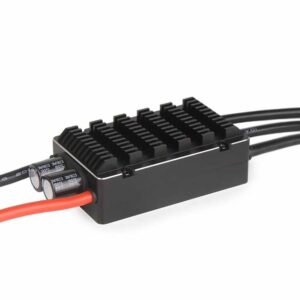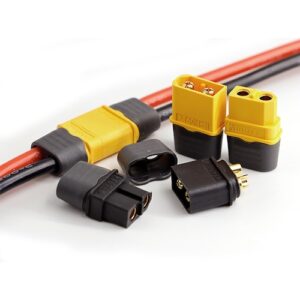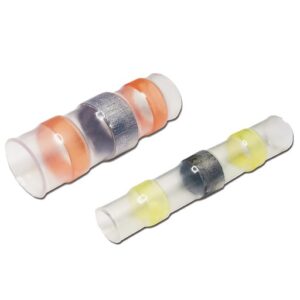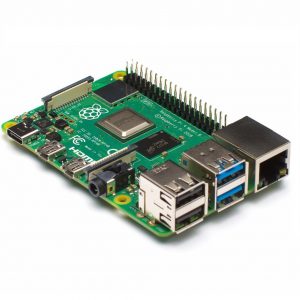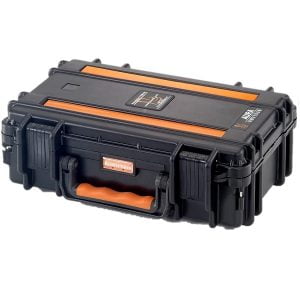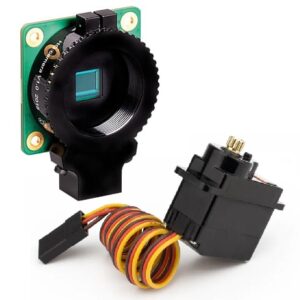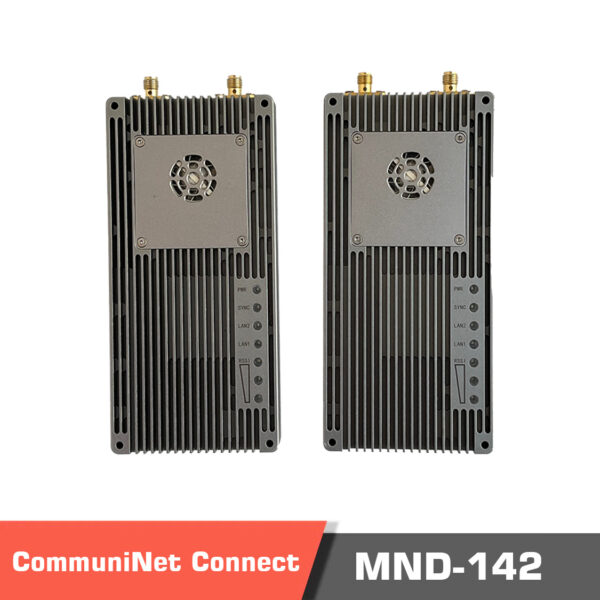Comparison between CommuniNet and ViuLinx datalink for long range VTOL drones
On December 1, 2024

Introduction
ViuLinx and CommuniNet datalinks are two series of digital datalink and videolink modules that are suitable for long range data communication to be used for long range VTOL drones. Both have different models with different transmission powers suitable for data communication from a few kilometers up to more than 300km. We could have a 1W ViuLinx module and a 2W CommuniNet at hand, and had a chance to compare them. Here we will give you a comprehensive comparison of the two, so you can understand better which model is suitable for your application.
Table of Contents
ViuLinx long range datalinks and videolinks
Let’s first take a look at the ViuLinx module. This is the HDMI version of the module. It has an active cooling fan, with the input and output vents on the top and sides. The HDMI port for input video source is positioned under the fan output vent. The Ethernet version does not have any HDMI video ports.
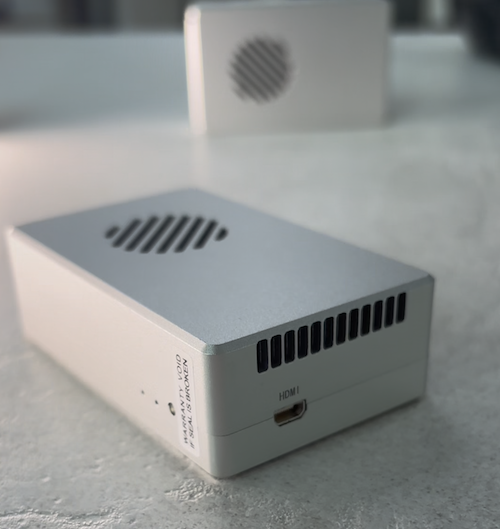
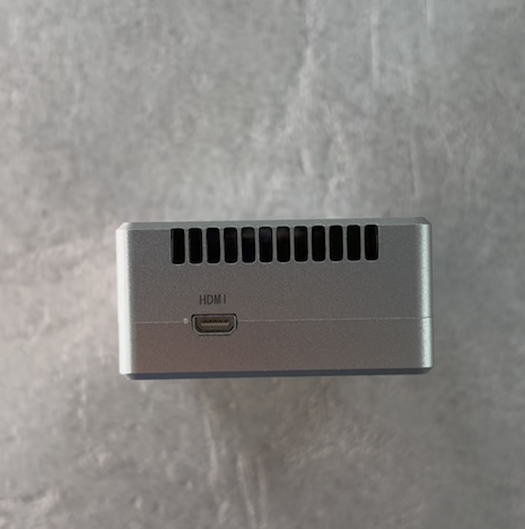
There are 5 ports on the long side, all having JST GH interfaces. There are 1) a power connector which is used to turn on the module using a 12v DC input, 2) an OSD port, 3) a serial UART port, which is TTL and is used for data communication between the ground and air module, 4) a remote control or RC port, which can transfer SBUS or PPM signals for manual control of the aircraft, and 5) a micro USB port which is used to configure the module by connecting it to a PC and using its custom software.
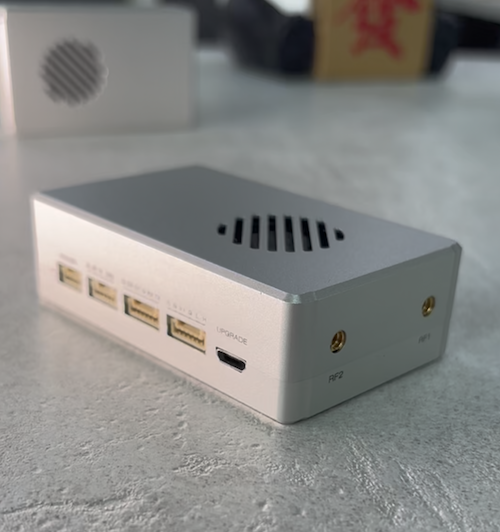
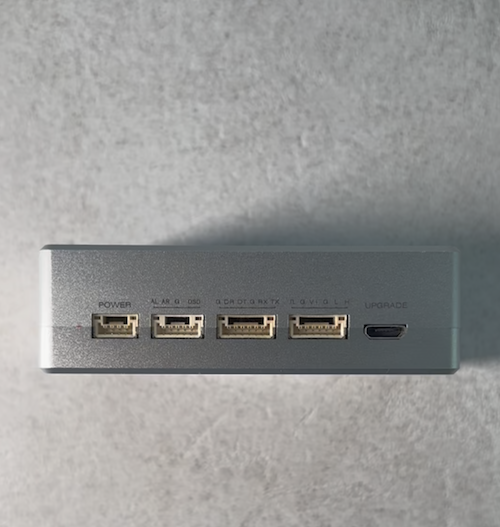
On the other side, we have two RF connectors to connect the module’s antennas. Please make sure that the antennas are connected before turning on the module, otherwise it will get damaged. Then on the other side, two status LEDs to show the connection status between the ground and air modules, and a bind button to establish the connection and pair the ground and air modules.
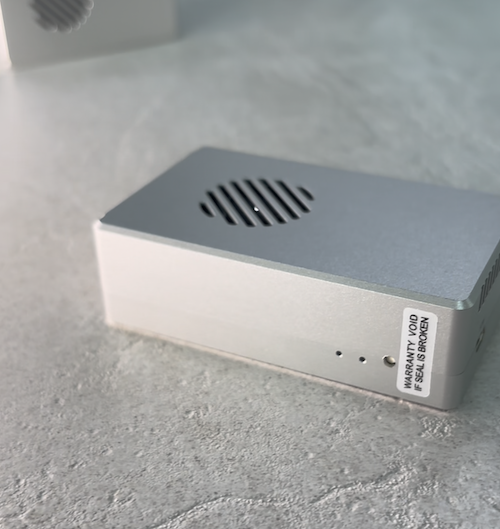
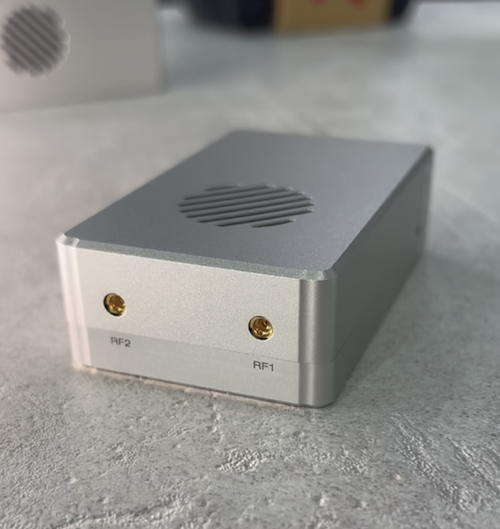
CommuniNet long range datalinks and videolinks
Now let’s take a look at the CommuniNet MND-142:
Same as ViuLinx, it has a fan for active cooling of the device. In contrast, it doesn’t have any ports on the sides, which makes the installation and usage easier. There are two RF ports on the top that use an SMA female connector, which is more robust compared to MMX connectors on the ViuLinx. The data interface connector, positioned on the bottom side, uses a J30J 25-pin port, and all the interfaces including the power, ethernet, SBUS, and serial TTL will be accessed through this port.
The heat sink acts as a passive cooling system to help cool down the module when used in harsh environments and under sunlight. The status LEDs are positioned on the top side of the module. Thet are 1) power indicator which turns on when the module is powered on, 2) sync which is the connection status indicator and will be steady when the air and ground modules are synchronized and flash when they are not synchronized, 3) then Lan network port light that blinks during the data transmission, and 4) the 3 LEDs for RSSI status to show the received signal energy.
There are 4 installation holes on the sides of the module, which will be useful for easily fixing the module on any surface. The ViuLinx module does not have such holes, and you need to use a zip tie or double-sided tape for installation.
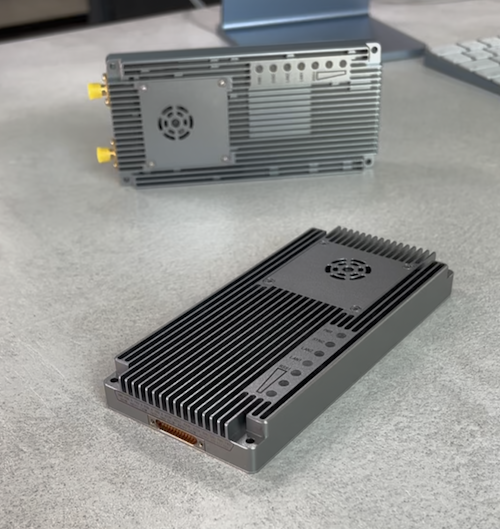
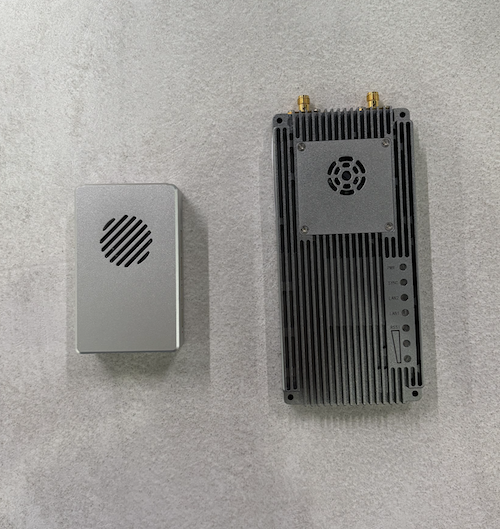
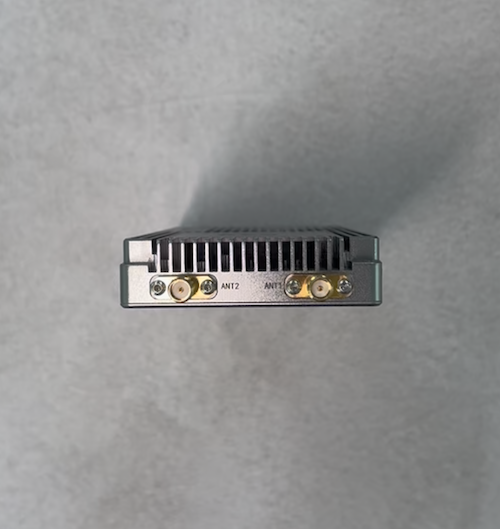
You can see the size difference between the two modules. ViuLinx module is smaller and lighter, which makes it more suitable for small size aircraft as it will fit easier and will not add to the payload of the aircraft by much.
CommuniNet MND-142 long range 2W TDD wireless transmission system
Rated 5.00 out of 5
ViuLinx 1.4GHz Long Range HD Digital Wireless Link
Rated 5.00 out of 5
